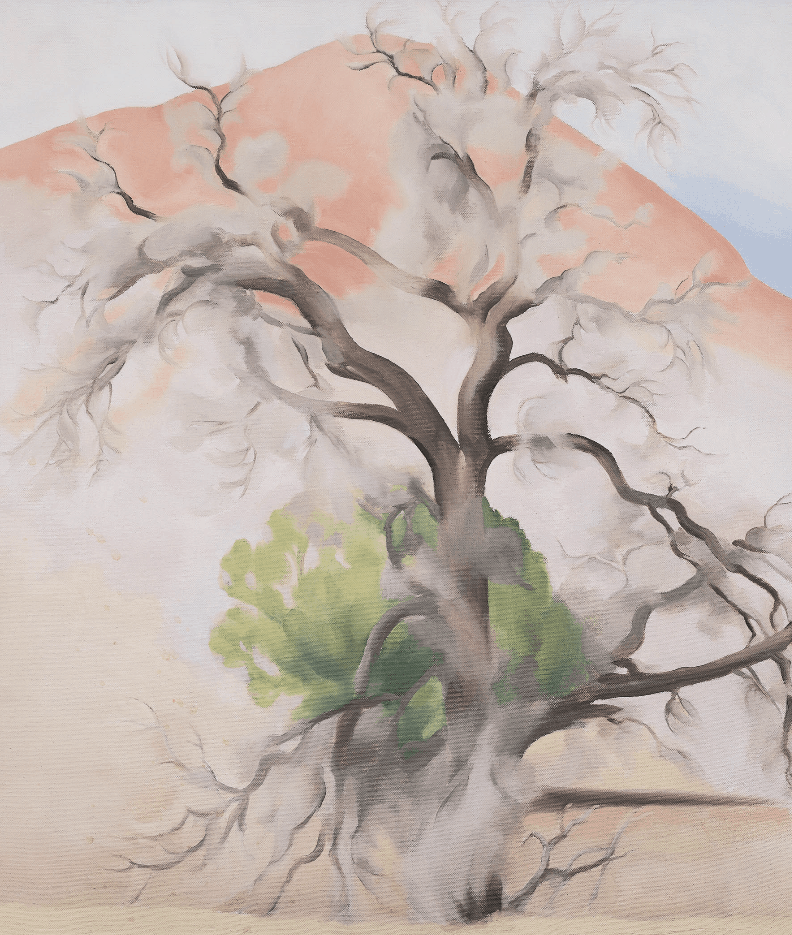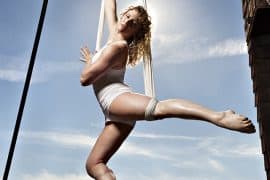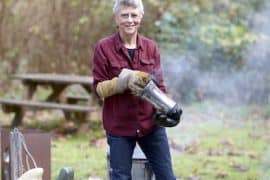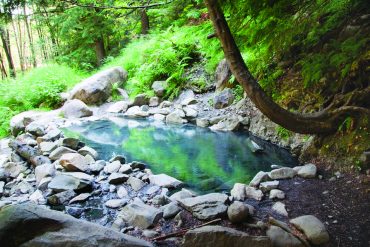Falling in Love With the American West
The story of how a German couple became one of America’s largest collectors of Western Art
written by Jean Picha-Parker | images courtesy of Tacoma Art Museum
This is a love story.
It is a tale about Erivan and Helga Haub—two Germans who fell in love with the American West and the stories told through its art. This love affair led them to embrace the Pacific Northwest and transform a regional art museum in their adopted hometown of Tacoma with the gift of a lifetime.
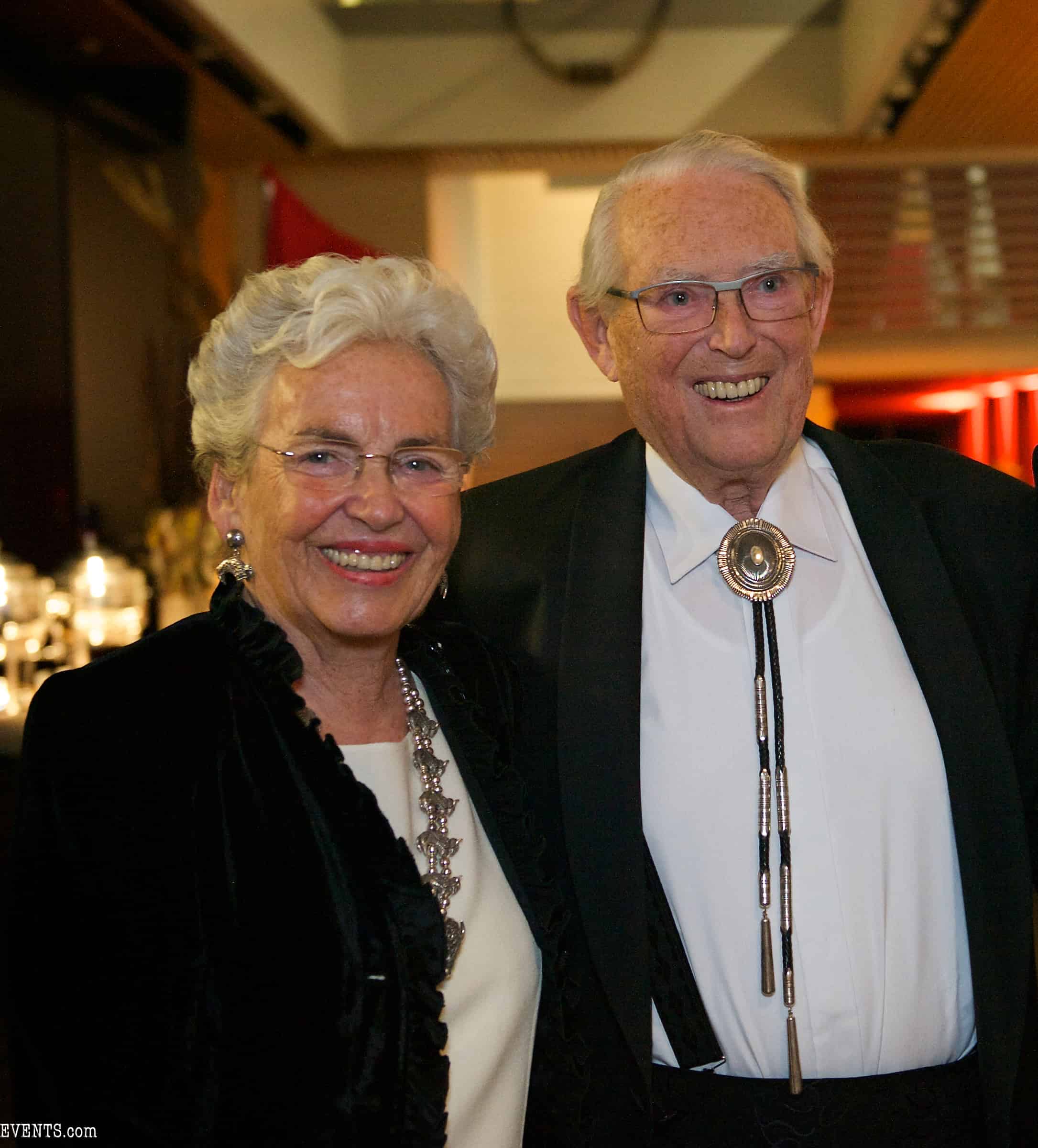
It began on their honeymoon in 1958 while the young couple was visiting friends near Tacoma. They became entranced with the region’s expansive views of the water, mountains and forests. The natural beauty moved them to make a summer home in the Pacific Northwest.
The Haubs’ enchantment with the American West evolved after a trip to Wyoming in 1981. Their appetite became a hunger for images of wide open spaces, wildlife, cowboys and American Indians. With considerable wealth and urgency, they collected art of the American West in earnest. The German couple surrounded themselves with bronze sculptures, vivid paintings, detailed carvings and portraits from famous artists. This love affair lasted thirty years before they decided to share their extensive collection. They chose Tacoma, the place where their American experience began. “The family decided to keep this collection of American Western Art together and find the best possible home for it,” said Lilian Haub, the Haubs’ daughter in-law. “Once we met the team at the Tacoma Art Museum, the decision was easy.”
The Haubs donated 295 pieces and a $20 million gift to double the museum’s size to provide space for the new collection.
In November 2014, at the inaugural exhibition, Tacoma Art Museum took its place as one of the largest collections of art from the American West.
Tacoma Art Museum has been a cultural anchor in the city since 1935 and this is one of the most outstanding moments in those seventy-nine years
Tacoma Art Museum (TAM) director Stephanie Stebich
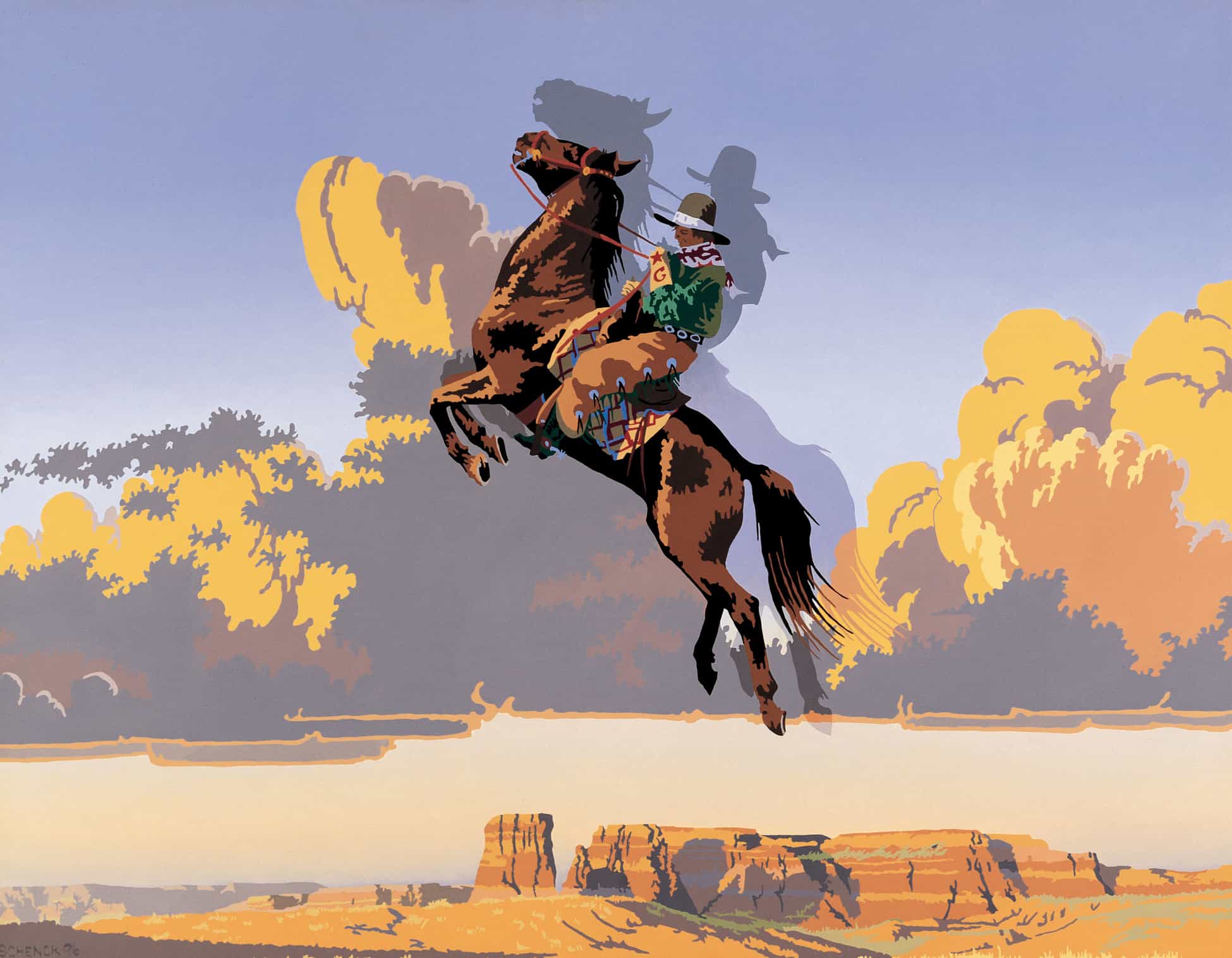
Since the collection’s opening, a steady stream of Western Art enthusiasts has flocked to the new wing to see masterworks dating from the 1790s to the present. The artists include Gilbert Stuart, Thomas Moran, Frederic Remington and Georgia O’Keeffe. “These extraordinary pieces provide a window and allow us to have conversations about our environment, our relationships with the diverse communities of the American West and to be reminded that the West is a rich, complicated place that we call home,” observed Rock Hushka, TAM’s chief curator.
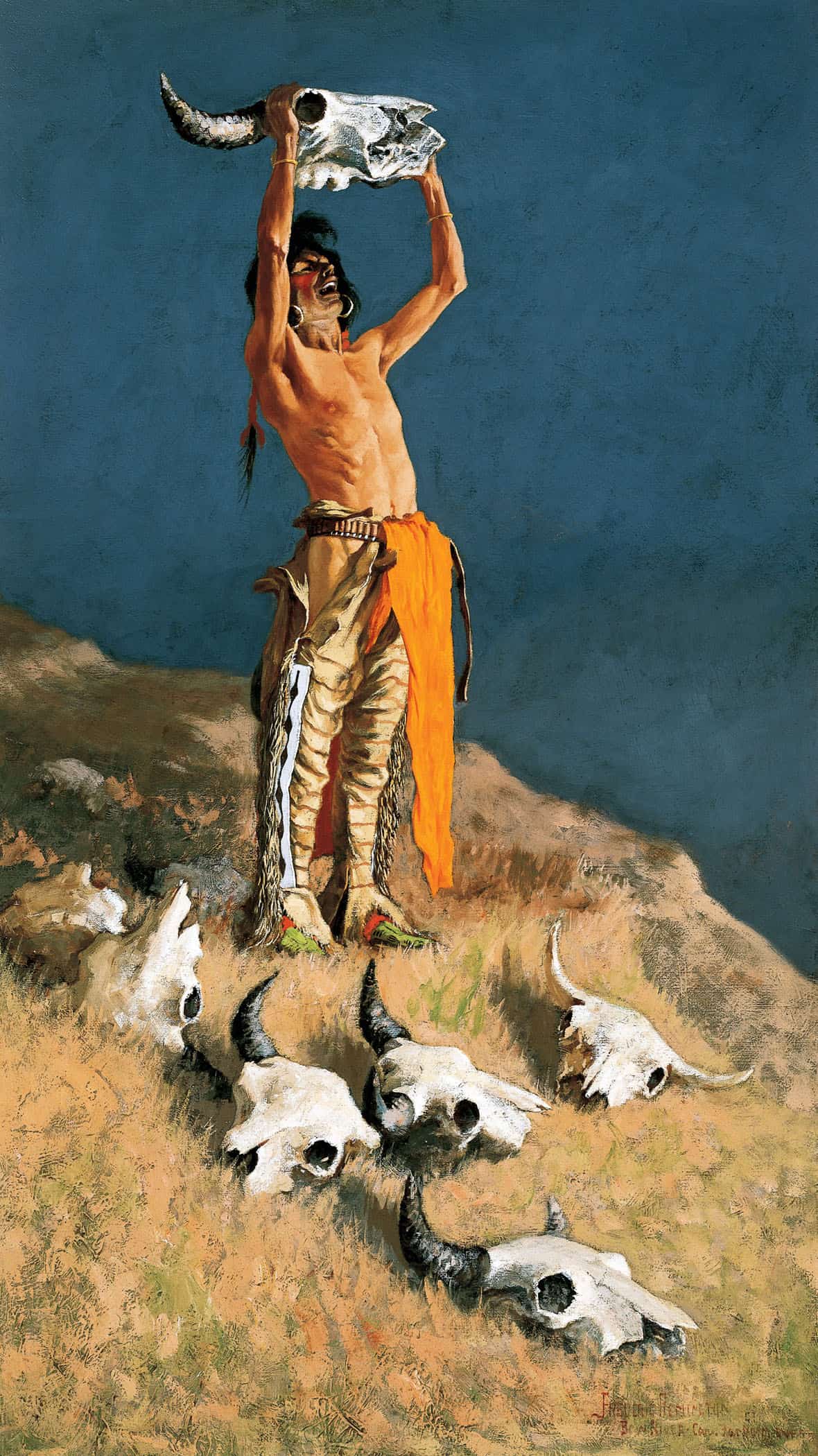
Early on, the collection was criticized for the idealized images of American Indians. Of the 140 artists in the Haub collection, just three are American Indian. “There is a hard romanticism we face as Native people,” said Qwalsius–Shaun Peterson, a Puyallup tribal member, artist and TAM board member. “A story and archetype have taken hold that we have little to no control of. … Some images are accurate and informed, but those images are outnumbered by the works that cry out that the vanishing race concept is real.” Peterson was a contributing artist to a recent TAM exhibit called “(Re) Presenting Native Americans,” which featured works from American Indians. It asked visitors to ponder, “What is American identity?”
TAM also recently appointed Faith Brower as the new curator for the Haub collection. She previously served as a Western art curator at the High Desert Museum in Bend, Oregon. Her charge is to shape a vision for the Haub collection that will more fully articulate the complex story of the West. “I think Tacoma has started a really great program of integrating the Native American voice into the collection,” she said. “Continuing this effort is important to me and how this collection is going to be interpreted and portrayed.”
